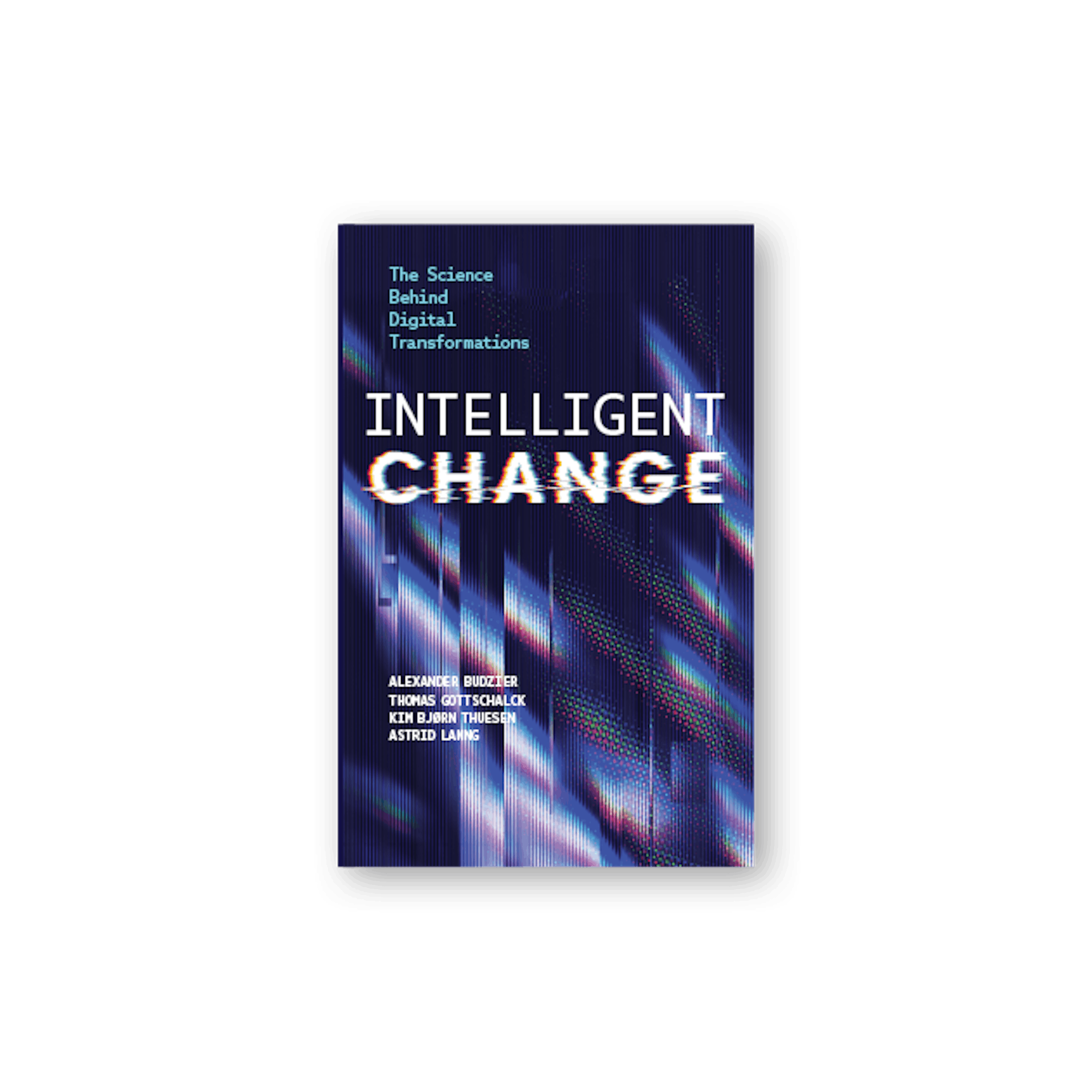When your organisation engages in the process of renewing its core business systems (like an ERP implementation), you are embarking on a project that only takes place once every 10-15 years. Therefore, your organisation probably doesn’t have the capabilities and experience needed. Going through four critical stages can help you better manage the entire life cycle of you ERP implementation.
We provide the skills needed to support the full life cycle
As independent advisers, at Implement, we work with organisations to assist them in successfully transforming ERP and other business applications. We provide the management and specialist skills needed to support the full life cycle of the system from strategy over sourcing and implementation to optimisation. In some cases, our collaboration starts with the application strategy; in other cases, we are called in to get a failed implementation project back on the rails again.
We have the experience from multiple ERP projects using proven methods and frameworks to create change and impact that sticks, ultimately realising the benefits of the project.
The four-stage life cycle
When we help organisations implement IT transformations involving core business solutions such as ERP, we encourage them to consider four critical stages of the project’s life cycle.
Implement’s ERP and Business Applications Advisory
Services
1. Strategy
Changes in business models, processes, size etc. require ERP and other business applications to change and adapt. Other drivers for updating your application strategy may be that your ERP systems are running out of support or to harvest the benefits of cloud services being the “new normal”. At Implement, we help our clients define the future application landscape and build a roadmap for how to get there. When doing so, we always define the ERP and business applications strategy in the context of the business strategy and the IT strategy.
Updating the core IT solutions is not an uncommon part of such a strategy, and other initiatives such as improving the collaboration between IT and the business may be needed. You should end up with a project charter and a process design for the transformation to facilitate the onboarding of key internal stakeholders, vendors and partners. And remember the benefits scheme – don’t leave it out of sight.
2. Sourcing
In order to source new core IT solutions, business needs must be articulated clearly enough to design the required enterprise architecture. The best suitable IT solution(s) and capable implementation partner(s) must be evaluated and selected. Use cases focusing on key critical functionality and business differentiators can be a good way to test solutions and implementation partners. Fast-track methods based on use cases are taking over from traditional comprehensive requirement specifications. The sourcing exercise is not trivial when you consider reshuffling the capabilities and resources of your future IT organisation. This includes considerations regarding support and application operations and maintenance in the wider ecosystem of your operating model.
At this stage, you discover the need for multiple sourcing activities and that these activities don’t run in parallel but are interdependent and move at a different pace.
3. Implementation
From early on, you’ll understand that an ERP programme is in fact a portfolio of projects. You must apply programme governance to coordinate and facilitate the myriads of needed decisions.
Several disciplines are required in this phase. To mention a few:
- Programme office, reporting and budget management
- Organisational change and communication
- Vendor and contract management
- Architectural design addressing business processes, master data, integration and data migration
- Test management
- Training
- Cutover, go-live and roll-out
- Hypercare to ensure a safe landing on the other side
It may be a good idea to break down the ERP transformation into manageable sizes, which the organisation can cope with and the business is eager to optimise. This approach reduces risk and delivers benefits early on. To handle the phase in a manageable way, we often apply minimum viable products (MVP) through an agile approach. We pick the parts of the agile methods that are fit for purpose in an ERP context.
At Implement, we support our clients in being as professional a part of the programme as the implementation partner should be.
4. Optimisation
The job isn’t finished the day after go-live. The implementation phase will leave behind some unfinished jobs like:
- Handling backlogs of features and functionality that were left behind in the solution implementation.
- Finalising integrations and shutting down old systems which are not part of the future solution.
- Continuing to track the benefits realisation and ensuring that your business case delivers as planned.
- Closing the projects and eventually the programme and transitioning to a permanent governance structure. In our experience, it is important – already during the sourcing stage – to consider the set-up of application management support (AMS).
By experience, the programme will lose momentum after go-live – business and IT will find other things to do. The new “steady-state” governance structure must be able to take over from the programme and finalise remaining tasks. If not, your strategy will fail because you are not able to realise your benefits.
Project review
More than 50% of IT projects run into difficulties*. From the selection of the wrong solution and partner over delays in critical milestones to missing benefits realisation.
Implement’s ERP and business applications advisory team is assisting clients in performing health checks of ERP programmes and helping the programmes back on track.
Reach out if you want to learn how we can help you on your journey towards more successful ERP and business application transformations. You might be able to lean in and use our best practice models within different business management disciplines supporting your strategies.





















































